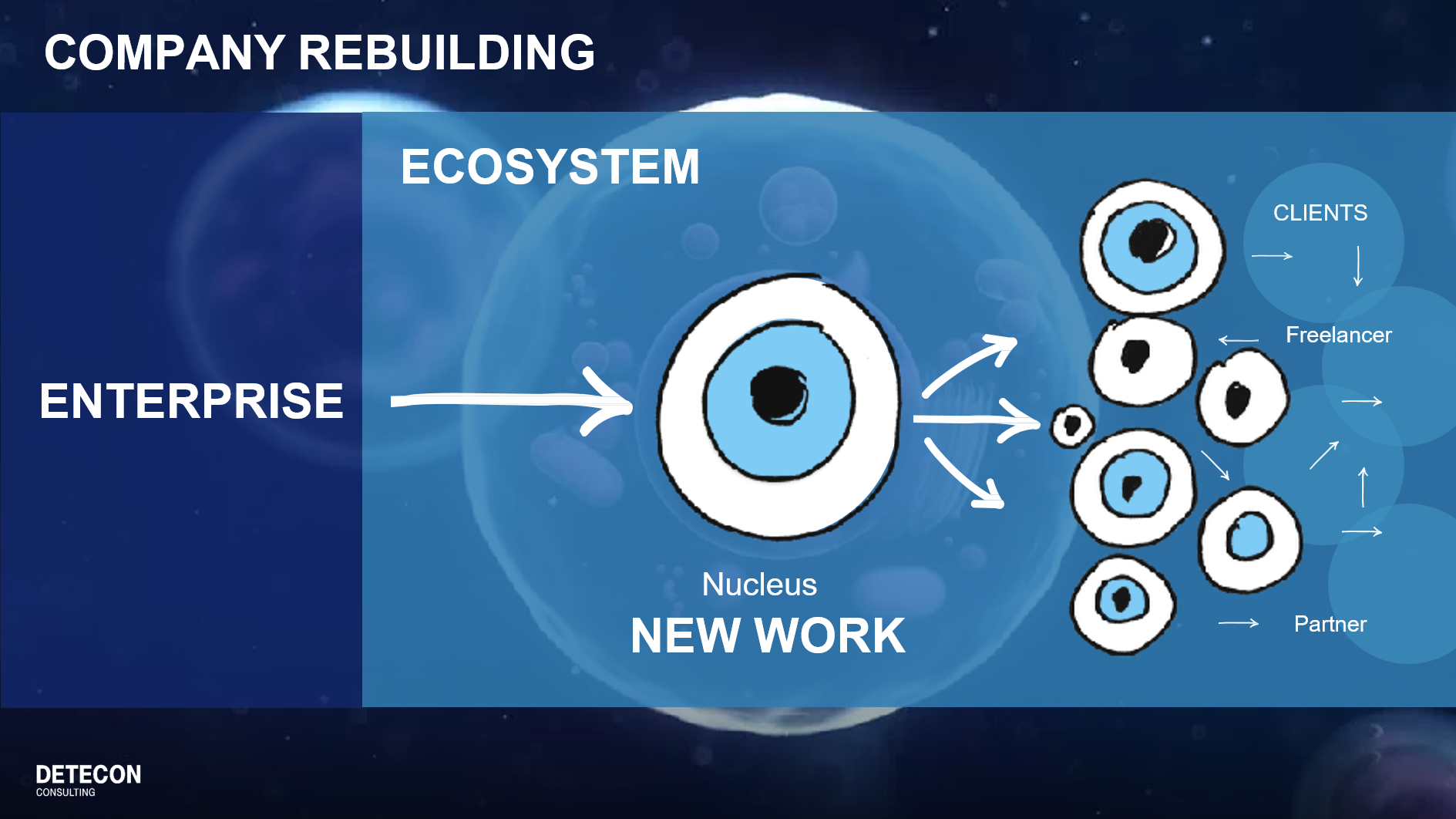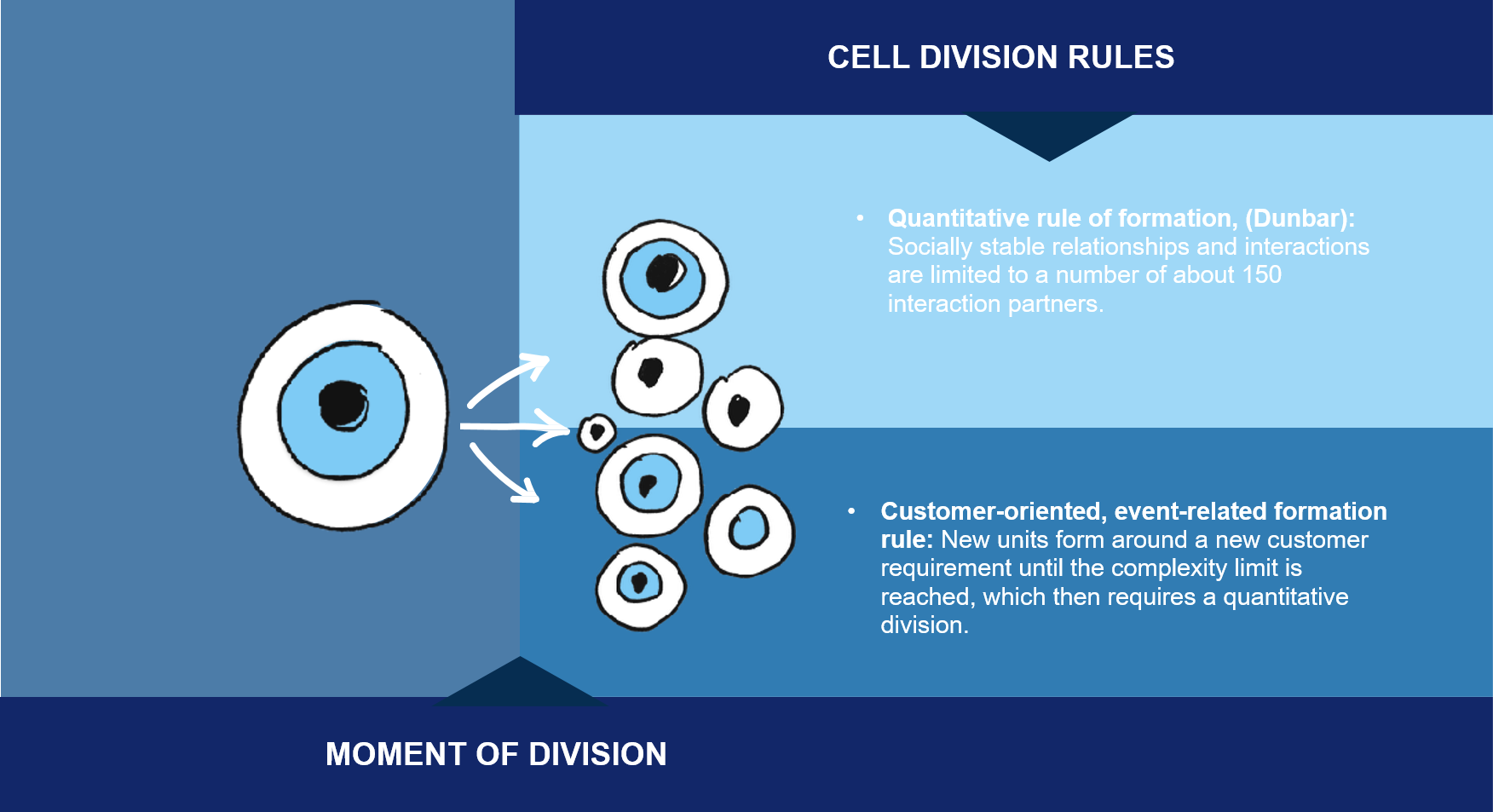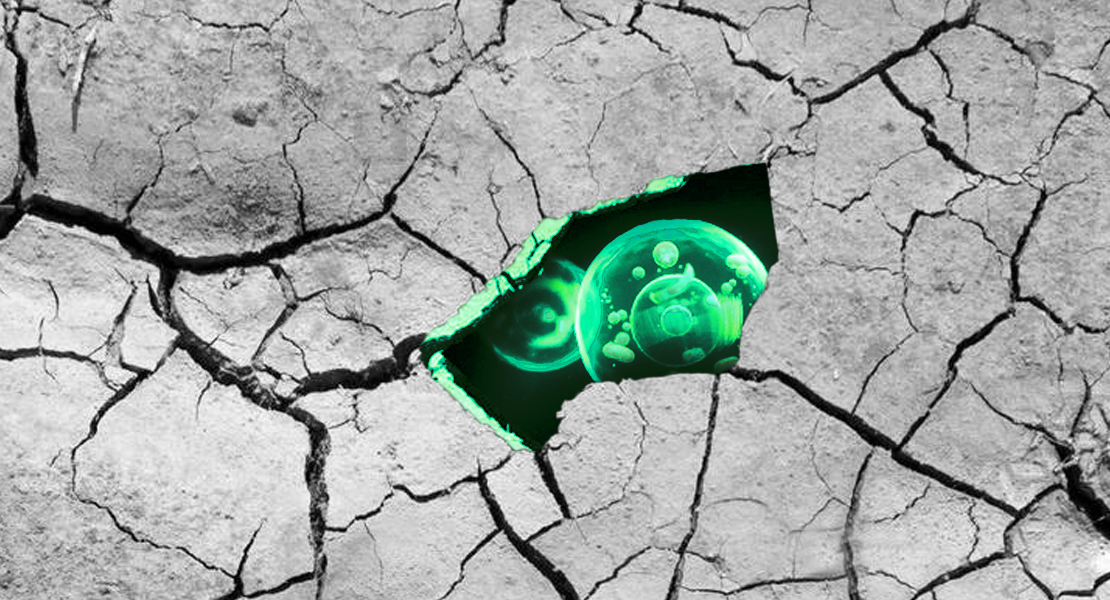What's happening on the top floors of German companies? The board members travel through the technology meccas of this world, found idea labs, take off their ties, give up their individual offices, hang Hollywood swings in their open-space offices - and despair again and again that even the smallest attempts at innovation get stuck in the vastness of their rigid organization. After all, they know exactly what it's like: business models that seemed almost untouchable for decades and yielded high margins are being turned upside down by new, often small and young companies.
Barriers to market entry, especially technological barriers, are disappearing almost completely. Technology is freely available and waiting to be used to disrupt the next market. None of this is new. Yet German corporate leaders still watch with wide eyes as new startup piranhas attack their own dinosaur company every day. Why do the "big guys" still not manage to react to all this in a meaningful way and renew themselves?
And the even more important question: What needs to be done to break down the agility killers in the company, such as hierarchies, processes, control systems and droves of managers, in order to create a culture of innovation instead?
The Answer: Company Rebuilding
'Company' what? New buzzword, new luck? Not at all! The company rebuilding approach is based on the principle of cell division, in which organizational growth is controlled organically and inorganically via platforms. These control the communicative interaction and value creation and thus provide the basis for the creation of new, transformational products.
All units of this newly created ecosystem are oriented to a clearly formulated vision (purpose), which is based on a specific customer value and has the potential to generate transformational products. This purpose serves as a magnet for new partners and stakeholders in the value creation process.
It is crucial that clear rules of organizational cooperation, a common value framework and, in particular, rules for the formation of new cells are transferred when new units or cells are created. In this context, all organically created units carry virtually one and the same DNA, which in the double helix keeps an eye on customers and employees alike and ensures that any kind of non-value-adding structures and activities are eliminated immediately.

The agenda is called: Seven steps into the future
In the past, the rule was: try to achieve a high market share as quickly as possible and, in particular, build up sheer size (in terms of employees, assets, etc.) as a barrier to market entry, e.g. in the automotive, banking or mechanical engineering sectors. Size was created either organically (by building up assets and workforce) or inorganically (by buying up). According to a study by KPMG, for example, 80% of PMI processes failed. At a certain point, organizational scale goes hand in hand with the creation of necessary structural elements: formal and documented processes emerge, departments for their compliance are created, the number of managers suddenly exceeds the number of leaders, who either mutate into managers or leave the company - the clay layer builds up. But this has changed fundamentally. Let's take a look at the emergence of an ideal type of successful organization in the digital age.
Step 1: The nucleus
During the first step, it is crucial that the company leaders feel sufficient pressure to act, to follow the path with focus and perseverance, and to protect the new nucleus to be created from the 'corporate immune system'. The starting point is initially the recruiting of the nucleus team. This team is crucial for further success - not a prefabricated business model or project plan. The nucleus is formed by a team of founders and experts who enable the implementation of initial products and prototypes. The decisive factor here is that the nucleus has a heterogeneous team and meets the criteria of a high-performing team according to Henley - and thus precisely not those of classic management assessments.
Step 2: Formulate a clear vision
Once this team has formed around a vision/idea, the task is to formulate the vision and back it up with a concrete customer benefit. This is the birth of a new ecosystem. At this point, it is a good idea to use an 'Ecosystem Canvas' or similar tools. It is crucial to highlight the specific benefit in such an attractive way that it becomes a point of attraction for other value creation partners such as customers, talents and top experts.
Step 3: Create a Dream Team
A "dream team of the best" is formed from these. This is the only way to survive in a "winner takes it all" economy. These units are then organized via corresponding digital platforms. People like to look enviously in the direction of startups, which seem to come to the market with their ideas in a carefree manner and without ballast and are bursting with agility. The fact that this is only the iceberg and that 99% of all startups fail is often overlooked. At the same time, corporations and established companies in particular have something at their disposal at this point that startups lack or have to acquire at a high price (= shares): Resources! And we are not talking about money here, but in particular also about implementation experience and skills that are required to generate a product from the idea that is accepted by the customer.
Step 4: The power lies in the rule
An important step in forming the nucleus and building the organization is now to establish clear rules for further growth - the entry into an organizational blueprint of the cell. This relates in particular to topics such as
- Corporate culture & values
- Organizational structures that are based on New Work principles
- Clear communication channels & rules of cooperation within a unit and with stakeholders outside the unit
- Control mechanisms that regularly review employee or customer benefits. And if these are not in place: a clear process for unmanaging. Zero overhead is the clear goal here.
Don't be fooled by the many organizational approaches, such as Holocracy, which rave about democratic structures without any set of rules. Without clear rules, collaboration often ends in chaos.
Step 5: The organizational division
It is essential to clearly define the point at which organizational splitting (company rebuilding) should take place. In our experience and according to the latest scientific findings, the following rules, among others, are suitable for this purpose:
- A quantitative formation rule, in which we are guided in particular by the findings of the anthropologist Dunbar. This states that socially stable relationships and interactions are limited to a number of about 150 interaction partners.
- A customer-oriented formation rule, in which new units are formed around a new customer need and are then individually shaped accordingly - until a corresponding complexity limit is then reached, which then requires a quantitative division.
It is crucial that this organizational blueprint is transferred in every division process and forms the common denominator of all organically grown units.

Step 6: Concrete characterization of the units
The specific characteristics of the respective unit are then adapted to the respective environment - analogous to biological cells. This ensures, for example, that local conditions or specific customer needs are taken into account and that suboptimal offerings are not imposed by corporate headquarters on a scattergun basis. The central McDonalds approach, for example, has led to KFC taking pole position in China as they have adapted to local eating habits.
Step 7: Feedback
What all organically grown units have in common is that they regularly report back relevant changes in the market in order to bring about an adjustment of the vision in case of doubt. "Embrace change," according to Jack Ma, is the only constant. The days of classic vision and strategy development for the next 10 years are over and require regular feedback.
Conclusion: Courage and perseverance are the imperatives of the hour
It is becoming increasingly difficult to formulate forecasts for the future, and the recipes of the past no longer have any value. That is why company rebuilding is also a story with an unknown end. A journey with an unknown destination. It requires a lot of courage to change - and a desire to travel.
But as mentioned earlier, corporations and large companies have an invaluable startup advantage over the dreaded startups: experiential knowledge as well as financial and human resources. And that's worth a lot more than a Hollywood swing in an open-space office.
Many thanks to Marc Wagner for his contribution to this article.







